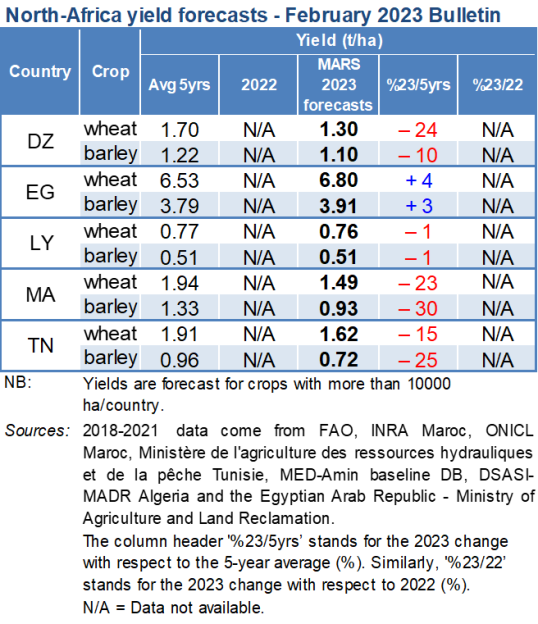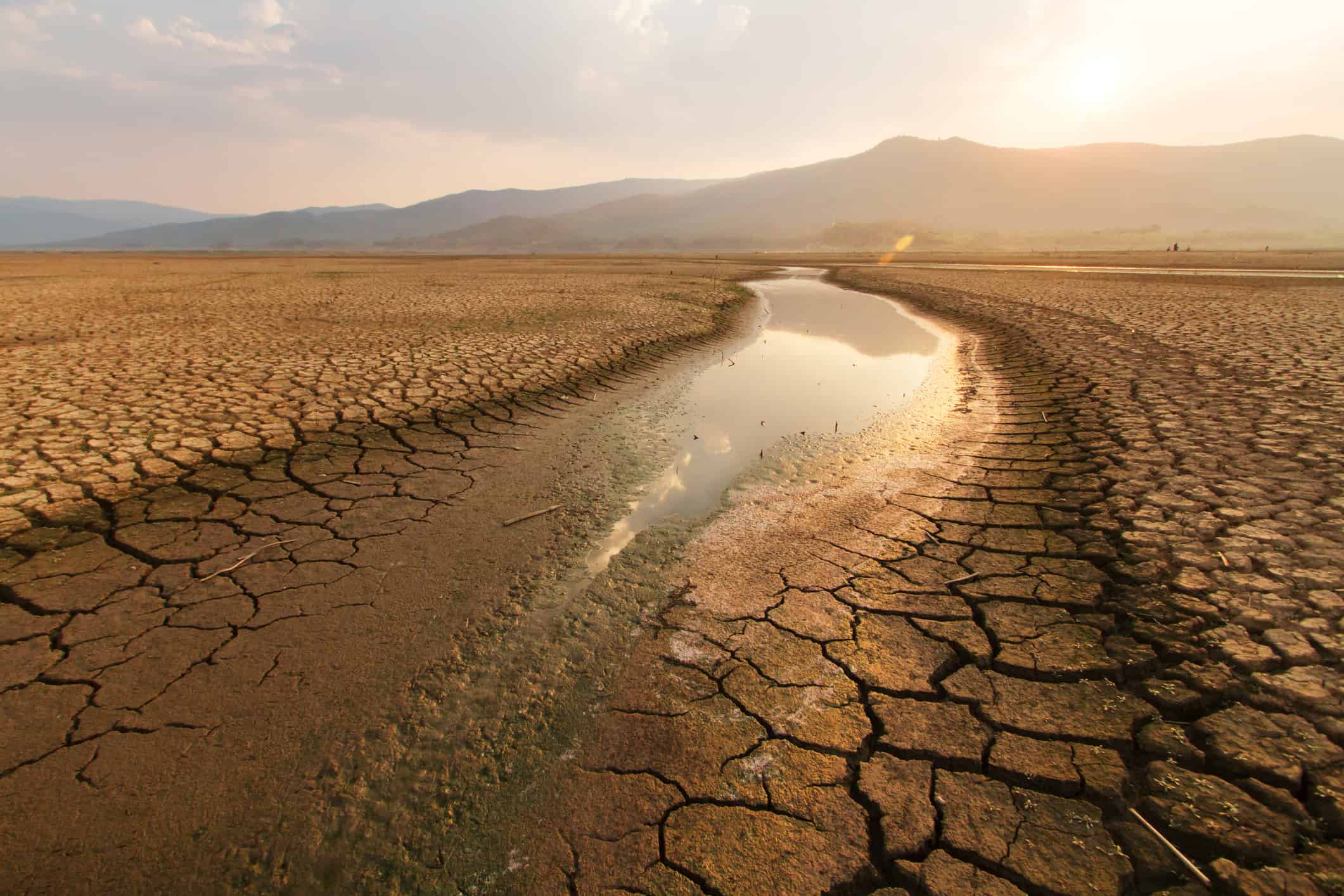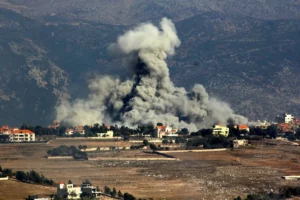The February edition of the JRC MARS Bulletin – Global outlook for North Africa – describes a cereal season marked by drought in large parts of the Maghreb, where cereal yield potentials have been negatively impacted.
The February edition of the JRC MARS Bulletin – Global outlook for North Africa – describes a cereal season marked by drought in large parts of the Maghreb, where cereal yield potentials have been negatively impacted.
This resulted in an overall delay in crop development and below-average crop biomass accumulation in most of the main cereal-growing regions of Morocco, a wide belt across Algeria, and the northern-eastern and central regions of Tunisia.
Rain is urgently needed to avoid further losses.
Highlights
- Morocco (MA): Drought conditions caused delays to planting, a reduction in sown area, and below-average biomass accumulation in most agricultural areas. Cereals are in advanced vegetative stages.
- Algeria (DZ): Almost all major production areas are performing below average. Sowings were delayed by 2‑3 weeks in the eastern regions and by almost 10 days in the central and western regions. Cereals are in the vegetative stage.
- Tunisia (TN): Biomass accumulation is below to well below average in many important cereal-producing regions, with significant possibility of crop failure in the regions of Siliana and Zaghouan. Cereals are in the late vegetative stages.
- Libya (LY): Crops are in fair condition overall. The flowering period is about to begin in western coastal regions, while cereals are at the beginning of flowering in eastern coastal regions.
- Egypt (EG): At the flowering period, biomass accumulation is above average in all the main cereal-producing regions, thanks to favourable weather conditions and predominantly irrigated arable land.
Observed canopy conditions

NDVI relative anomalies maps: the maps display differences between the Normalised Difference Vegetation Index computed from remote sensing imagery between 1 December 2022 to 10 February 2022, and the medium-term average (2013-2022) of NDVI for the same period. Positive anomalies (in green) reflect above-average canopy density or early crop development, while negative anomalies (in red) reflect below-average biomass accumulation or late crop development.
Yield forecasts

Source : European Commission

















Add Comment